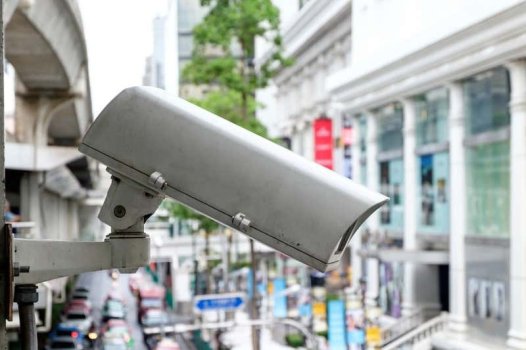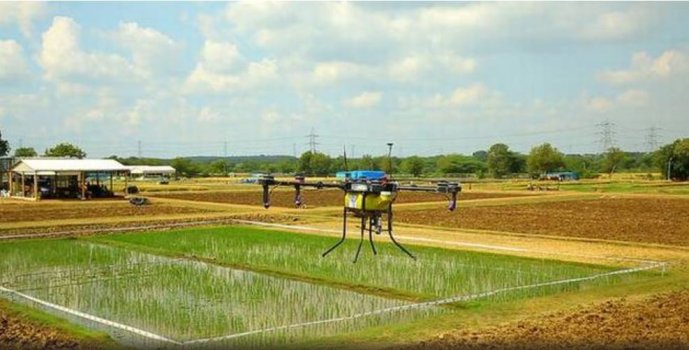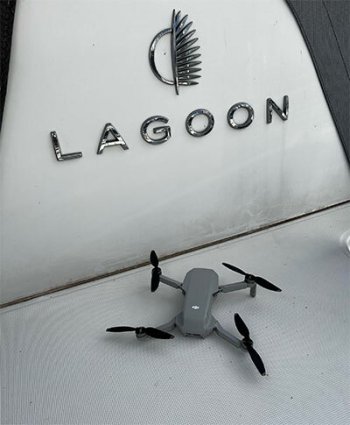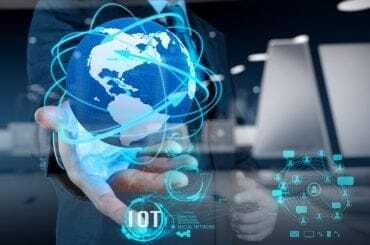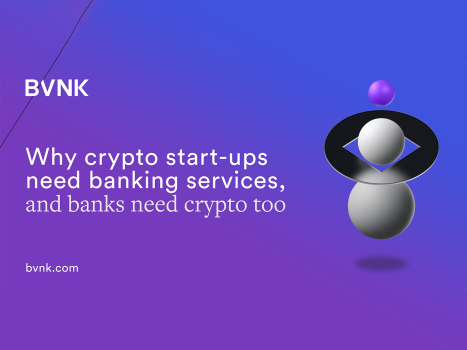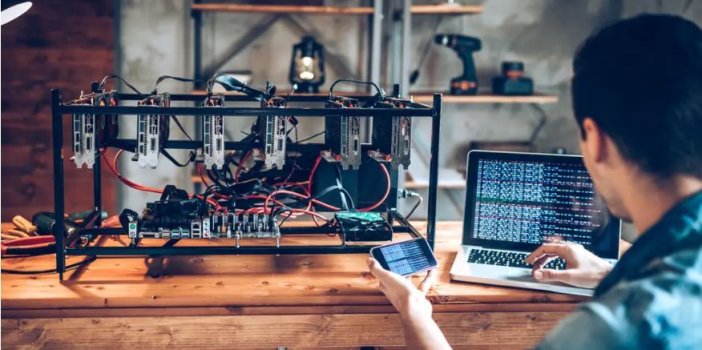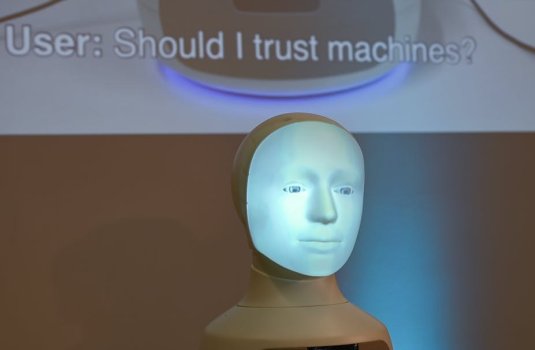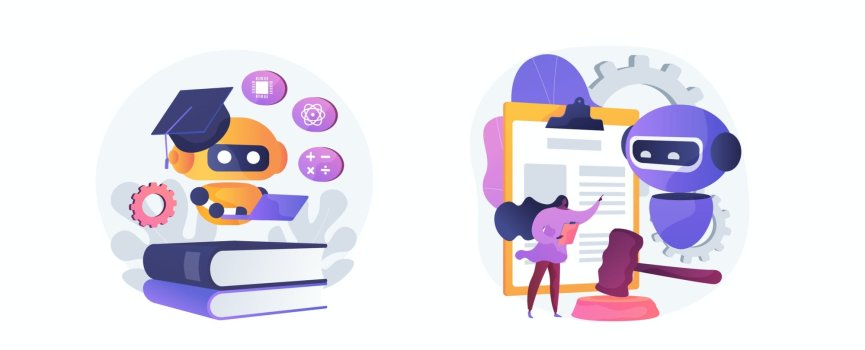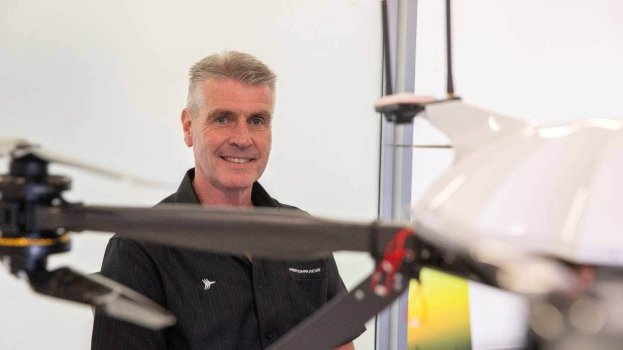As a result of the ongoing pandemic, the cyber security industry has continued to accelerate, and has no indication of slowing down anytime soon. With new and innovative methods of hacking affecting businesses of all kinds, the number of cyber attacks is also increasing. A report by
DCMS showed that the UK’s cyber security industry is
now worth an estimated £8.3 billion – but why do we still see a lack of female representatives for an industry so high in demand?
The industry predominantly remains male-dominated, and this lack of diversity, in turn, means less available talent to help keep up with the rise in mounting cyber threats. Women currently represent about
20% of people working in the field of cyber security, says
Gartner. With this in mind, we explore how attracting and embracing more women, and providing equal opportunities within the workplace, is significant for the future of the cyber security industry.
Male dominated subjects
Even at the very beginning of a ‘tech’ based career pathway, a woman’s success is already limited. Females make up
only 28% of the workforce in science, technology, engineering and math (STEM) subjects, and are systematically tracked away from these subjects throughout their learning, and pushed towards written and
creative arts, narrowing their training and potential positions to go into these fields later in life.
STEM subjects are traditionally considered as masculine by many. All too often, teachers and parents may steer girls away from pursuing such areas – with females making up just
26% of STEM graduates in 2019. Additionally, there is a need for more female STEM teachers, as young girls may feel that they
cannot be what they can’t see. Because less women study and work in STEM, these fields tend to create exclusionary male-dominated cultures that are not inclusive of, or appealing to women.
Barriers into the cyber security industry already exist, such as often requiring a minimum of two years of experience for entry level positions. This poses the question: how do you get those two years without being offered an opportunity to gain the necessary skills or lessons? This requirement leads to talented, tech-savvy young women entering non-tech sectors, further enhancing the pattern of fewer women in cyber security, as well as technology as a whole, even if they have trained in that subject.
Continue reading:
https://www.information-age.com/encouraging-more-women-in-cyber-security-123497914/
